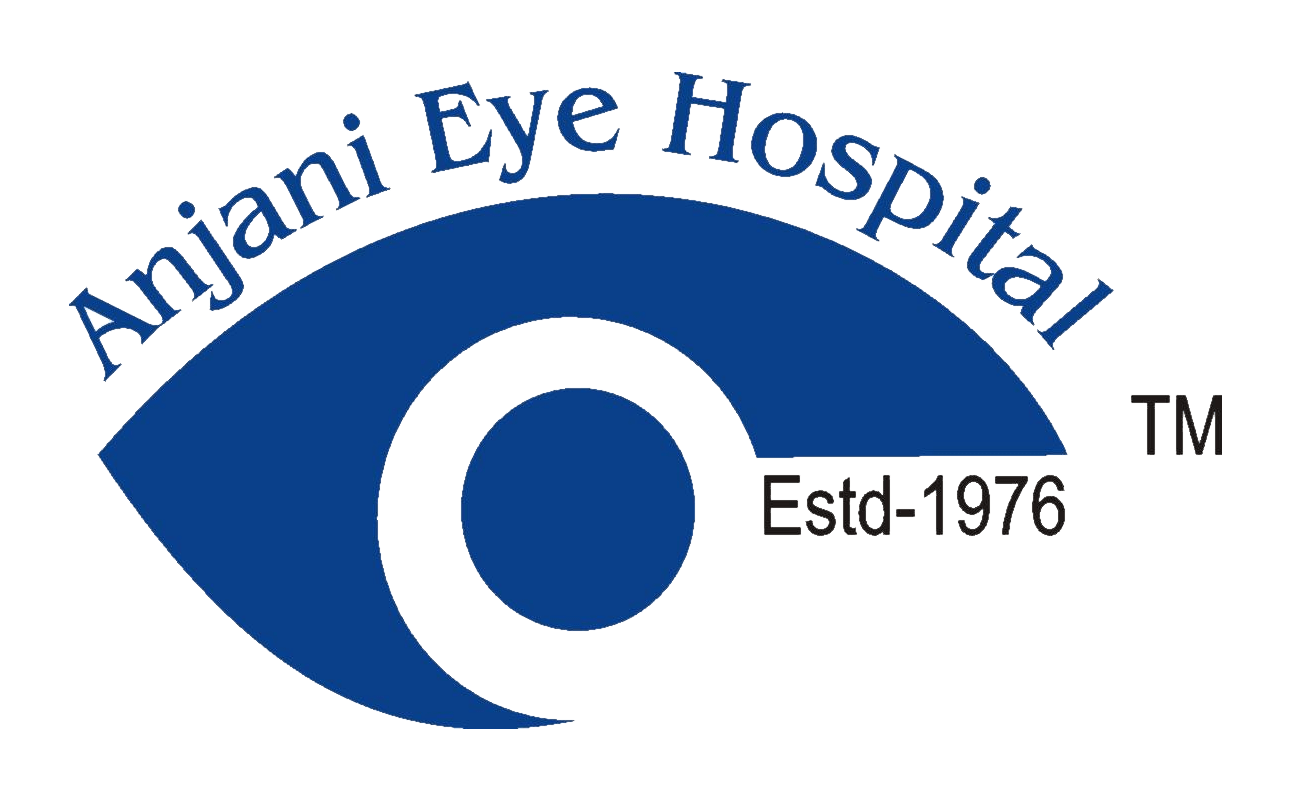What is Macular Degeneration ?
Macular Degeneration is damage to the macula, a small spot near the center of the retina that is needed for sharp central vision, which lets us see objects that are straight ahead. It is a common eye condition and a leading cause of vision loss among people age 60 and older and is commonly referred to as age-related macular degeneration (AMD).

What are the types of AMD?
There are two main types of AMD

Dry AMD is the most common type of the disease and also the least serious. In this type of AMD there is thinning and atrophy of the macula with variable visual loss. The progression of dry AMD is very slow, however, in a few eyes it can progress to wet AMD.
Wet AMD results from leakage or bleeding from choroidal neovascularisation and if untreated could lead to scarring and progressive visual loss. It is a more serious form of AMD though it is seen in lesser number of patients. A small number of patients can progress from dry AMD to wet AMD in both the eyes.

What are the risks and causes of AMD?
The exact cause is unknown. It usually forms as the eye ages, so it is most common in the elderly. Your risk may be higher if you have a family history of Macular Degeneration.
To lower your risk, you should:
- Eat a healthy, balanced diet rich in fruits and vegetables
- Maintain a healthy weight
- Use sunglasses to protect your eyes in the sun
- Avoid drinking excessive alcohol
- Avoid smoking & tobacco
What are the symptoms of AMD?
Macular Degeneration is hard to notice because there is no pain. The main symptoms are:
- Difficulty in recognizing faces
- Visual distortions such as straight lines appearing bent
- Reduced central vision in one or both eyes
- Need for brighter light when reading or doing close work


How is AMD diagnosed?
AMD can take years to cause blindness. It can be detected at an early stage at regular eye checkups. Hence it is suggested to have at least yearly eye checkups, by individuals above the age of 60 years.
- Every eye examination the following tests would be adviced by your doctor
- Visual aquity testing (distance and near)
- Detailed eye examination (slit lamp biomicroscopy)
- Dialated fundus examination (ophthalmoscopy / fundoscopy)
- Depending on your retinal findings, the doctor may advice for some special tests:
- Fundus photography
- Fundus Flurescein Angiography (FFA)
- Optical coherence tomography (OCT)
- OCT Angiography (OCT – A)

What are the treatment options for AMD?
Treatment of AMD varies depending on the category of the disease at the time of diagnosis. In general the treatment is aimed at slowing down the progression of AMD. As of date, there are no treatments to reverse the effects of AMD.
- Modification of known risk factors (smoking), making dietary modifications, or antioxidant and mineral supplementation may slow the progression of the condition in early stages.
- There is no cure for dry AMD however, there are clinical trials of various treatment modalities underway so as to find a medicine for this condition.
- Wet AMD however, can be controlled with the use of Intravitreal injections (Avastin, Razumab, Lucentis / Accentrix, Pagenax, Eylea). The frequency and number of injections depends on the clinical findings and progression of the condition. These injections usually prevent further loss of vision and are not meant for improvement of vision.
- Lasers (Transpupillary Thermotherapy, Photo Dynamic Therapy) and surgeries (Submacular surgeries, Macular translocation surgeries) had been used in the past for wet AMD. However, the benefits of Intravitreal injections are far more than the benefits from these treatments.

Frequently Asked Questions (FAQ)
Intravitreal injections are used to treat many diseases that cause irreversible vision loss. They mainly work by preventing further damage and do not help regain the lost vision. Your vision may improve slightly in some cases, but there is no guarantee.
Treatment with intra-vitreal injection varies for different retinal conditions. For AMD, the protocol followed at Anjani Eye Hospital is evidence based with eyes needing one injection per month for about 3-4 months and later, 6-8 weekly depending on the progress.
Intravitreal injections are given through the white portion of the eye. You will be given anesthetic eye drops, so you should not feel any pain and the injection should not cause any problems.
There are a few, but they are very rare. Injection treatment is a very safe procedure. In fact, you can go home on the same day as the treatment.

